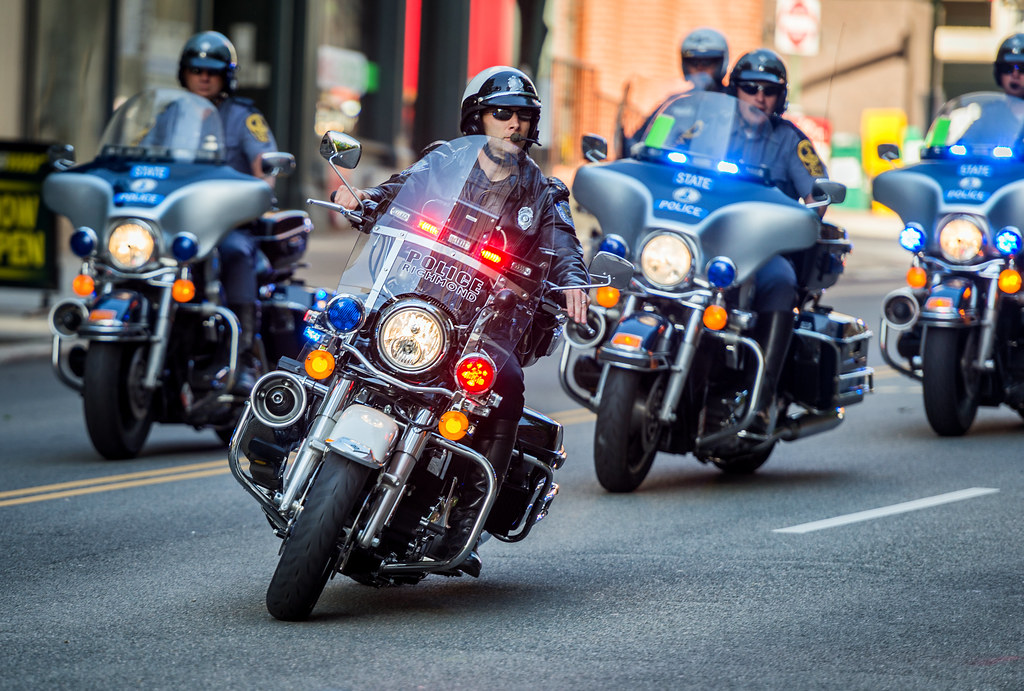In 1915, Elbert Hubbard, a Christian Anarchist and founder of Roycroft, an Arts and Crafts community, wrote an obituary for dwarf actor Marshall Pinckney Wilder. He expressed a poignant insight, stating, “He proved the eternal paradox of things. He cashed in on his disabilities. He picked up the lemons that Fate had sent him and started a lemonade stand” (Hubbard 16). This marks the first recorded instance of the modern phrase, “When life gives you lemons, make lemonade.”

Lemons [PC: Creative Commons]
The paradox of Hubbard’s quote is further highlighted by real-life struggles, particularly those faced by African Americans. In 1999, despite making up only 13% of the population, African Americans accounted for 49% of total arrests, and nearly one-third of black males aged 20-29 were under some form of correctional control. This disparity is rooted in systemic racial discrimination, especially by police. Marilyn Johnson, in her work “Street Justice: A History of Police Violence in New York City” (2000), notes the early 20th-century trend of “racialization of police brutality,” where such violence became a tool for maintaining white supremacy (Taylor 203).

Police [PC: Creative Commons]
The Black Lives Matter movement, founded in 2013 by Alicia Garza, Patrisse Cullors, and Opal Tometi, emerged as a response to these injustices. Sparked by the acquittal of George Zimmerman in Trayvon Martin’s shooting death and fueled by subsequent events like Michael Brown’s death, it became a global call for addressing violence against Black communities. The movement’s mission is to eradicate white supremacy and intervene in violence inflicted on Black communities by the state and vigilantes (Black Lives Matter).
The movement, however, faces challenges, including the co-opting of its message by different groups. For instance, during protests following George Floyd’s death, media images often disproportionately showed white people, echoing historical patterns of white involvement in Black struggles dating back to Bacon’s Rebellion in 1676. While some 2020 protests were successful multiracial events, others were marred by violence, often instigated by white individuals claiming to support the cause but instead undermining it.
This phenomenon continues to manifest within the Black Lives Matter movement today, as some white activists utilize the platform to advance their causes, thereby diverting attention from the movement’s core issues. In 2020, numerous protests embodied successful multiracial collaboration. However, many were unfortunately overshadowed by instances of violence, leading to their premature cessation. One such incident, which gained widespread attention online, involved a young white male in Pittsburgh engaging in vandalism and looting of stores. This action, and others like it by white individuals identifying as “activists,” effectively distorted and undermined the central message of Black Lives Matter, ostensibly using it to rationalize criminal behavior. In stark contrast, black protestors were often seen trying to de-escalate the situation, imploring him to cease his actions. Notably, they even took steps to protect local businesses from looting and safeguarded police officers from potential harm, all to avoid unjust and disproportionate reprisals against their community.
In their quest to create positive change through the BLM movement, black individuals have strived to highlight and address the issue of internalized racism prevalent in society. Yet, their efforts have frequently been overshadowed and weakened by the actions of some white individuals. The proverbial advice to make “lemonade” out of life’s “lemons” suggests finding value and lessons in every challenging situation. However, for black Americans, who often lack institutional power in the United States, the responsibility of rectifying the multifaceted aspects of racism imposed upon them by others extends beyond what should be reasonably expected.
CITATIONS
Hubbard, Elbert, and Felix Shay. The Fra: For Philistines and Roycrofters. Vol. 14, E. Hubbard, 1914.
Brown, Tony, et al. “When Life Gives You Lemons, Make Lemonade.” Tony Brown’s Journal, When Life Gives You Lemons, Make Lemonade | Alexander Street, Part of Clarivate, Tony Brown Productions, 1979, https://search.alexanderstreet.com/preview/work/bibliographic_entity%7Cvideo_work%7C2336529.
Carnegie, Dale. How to Stop Worrying and Start Living. Pocket Books, 2004.
Heller, Mark. “The Immorality of Modal Realism, or: How I Learned to Stop Worrying and Let the Children Drown.” Philosophical Studies: An International Journal for Philosophy in the Analytic Tradition, vol. 114, no. 1/2, 2003, pp. 1–22. JSTOR, http://www.jstor.org/stable/4321371. Accessed 1 Nov. 2022.
Hubbard, Elbert, and Elbert Hubbard. Selected Writings of Elbert Hubbard: His Mintage of Wisdom, Coined from a Life of Love, Laughter and Work. Vol. 1, W.H. Wise, 1928.
Johnson, Marilynn S. Street Justice: A History of Police Violence in New York City. Beacon, 2004.
Kishi, Roudabeh, and Sam Jones. Armed Conflict Location & Event Data Project, 2020, New Data for Summer 2020, http://www.jstor.org/stable/resrep26627. Accessed 8 Nov. 2022.
Lett, Elle, et al. “Racial Inequity in Fatal US Police Shootings, 2015–2020.” Journal of Epidemiology and Community Health, vol. 75, no. 4, 2020, pp. 394–397., https://doi.org/10.1136/jech-2020-215097.
Taylor, Clarence. “Introduction: African Americans, Police Brutality, and the U.S. Criminal Justice System.” The Journal of African American History, vol. 98, no. 2, 2013, pp. 200–204. JSTOR, https://doi.org/10.5323/jafriamerhist.98.2.0200. Accessed 8 Nov. 2022.
 Digital Civic Engagement Spring 2024: Water & Wellness in New Orleans: A health crisis overlooked: HIV/AIDS in New Orleans
Tye Collins outlines the history of HIV/AIDS in New Orleans, and how this issue has followed suit of former racialized inequalities to predispose people of color to contract these diseases.
Digital Civic Engagement Spring 2024: Water & Wellness in New Orleans: A health crisis overlooked: HIV/AIDS in New Orleans
Tye Collins outlines the history of HIV/AIDS in New Orleans, and how this issue has followed suit of former racialized inequalities to predispose people of color to contract these diseases.
 Water and Wellness in New Orleans: Ports, cocktails, and medicine
Brett McSherry explains how the medicine of 1841 combined with the use of the Port of New Orleans created the first cocktail. Sipping medicine has a whole new meaning now.
Water and Wellness in New Orleans: Ports, cocktails, and medicine
Brett McSherry explains how the medicine of 1841 combined with the use of the Port of New Orleans created the first cocktail. Sipping medicine has a whole new meaning now.
